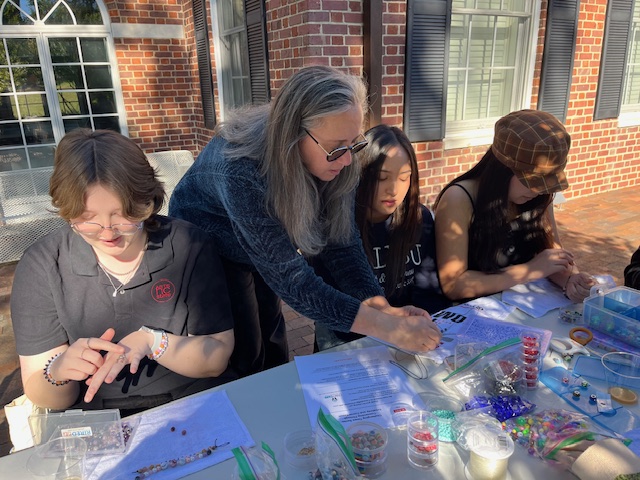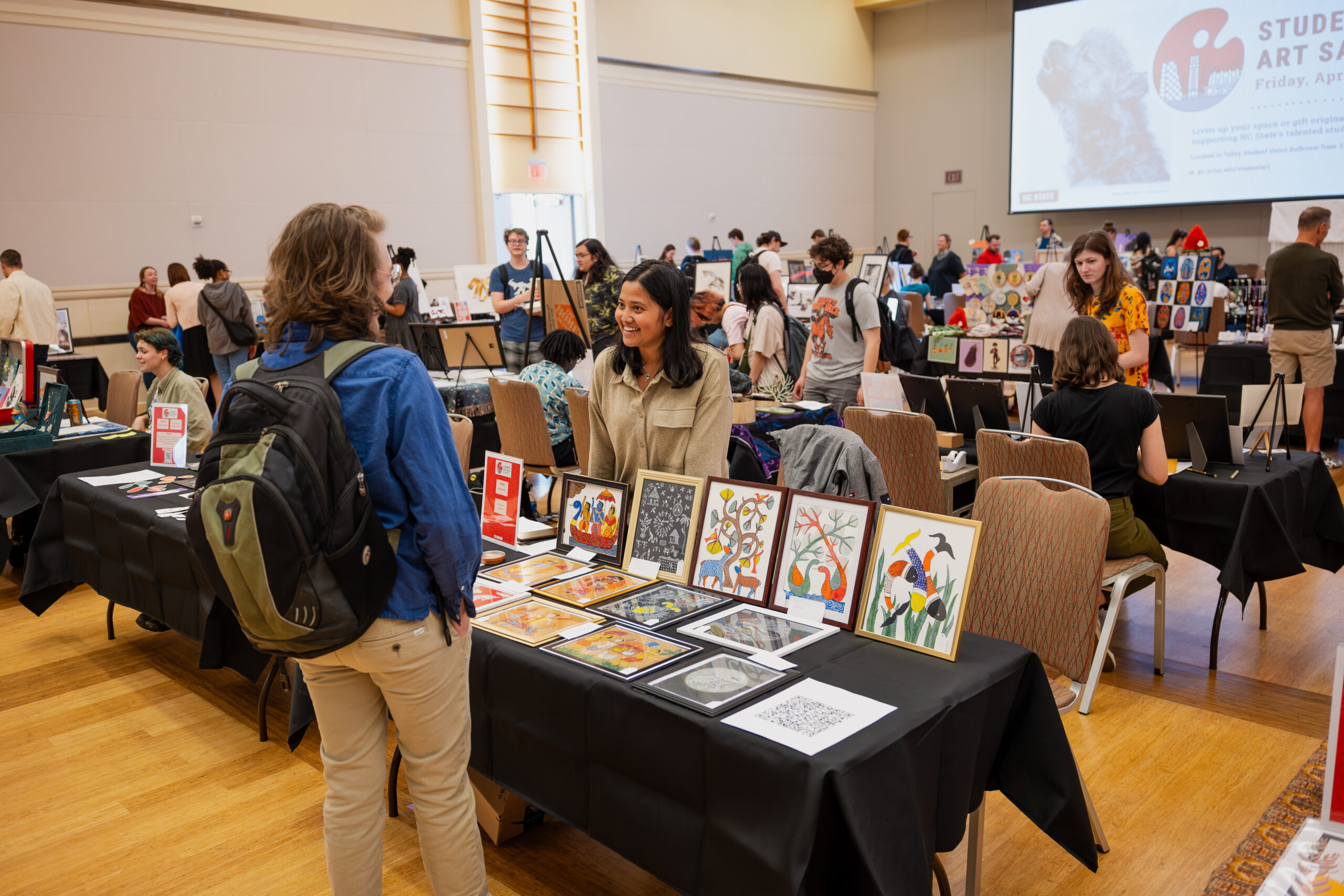Our Life in The Arts
Questions, reality, and musings on a life of joy and wonder
Vol. 2, No. 5
May 6, 2022
Silence
By Rich Holly
I recently concluded a weekend of great time spent with my daughter and my two grandchildren. My daughter’s husband had to go out of town, and with two little ones at home, I was thankful I had the time to visit them (fully across country) and help out for a few days. It was a magnificent time combining full-on action with loud kid’s fun and periods of silence (nap time!).
When was the last time you experienced any lengthy or semi-lengthy periods of silence? I discovered many, many years ago how important silence is to me (huge thanks to Transcendental Meditation). I work to maintain some silent time each and every day. And while there may be a day here and there when I cannot fit in silent time, that just makes me look forward to the next silent time even more.
Before I continue, let’s take a few minutes to enjoy this wonderful jazz instrumental by Keith Jarrett – In Your Quiet Place:
In addition to enjoying this recording and the space between many notes, I have been drawn to music stylings that are both busy as well as those having space – that is, silence of varying lengths. Miles Davis is a hero of mine for several reasons, one of those being his use of space. I’m a big fan of dance performances, and I believe that’s because in addition to the great beauty coming from the physical movement, the music – often with no words – allows me to conjure my own feelings, similar to how I feel during silent periods. For marketing pieces and web design, I am a huge fan of “white space” – not filling the entire available real estate of the postcard, poster, flyer, page, etc. with words and images.
Artist Robert Rauschenberg’s White Paintings, to my eye, signify silence in visual art. Subsequent to the White Paintings, composer John Cage created his work 4’33”, about which much has been written and discussed – a piece in which the musician(s) plays no notes. In both of these cases, I am of the firm belief that the viewer/listener thus has the opportunity (perhaps even obligation) to think what they want, to feel what they want, to hear what they want, and to observe what they want. To me, that’s a beautiful thing. As many readers of my blog know, I am fond of the saying “The arts make us human.” What can be more human than to explore your own thoughts and feelings?
I know that I have a problem with overly busy visuals. When shopping, I often get what I call “The IKEA Effect” – too many colors, too many objects, too many people, and I have to get the heck out of there. It’s overload for me. I know people who cannot stand to listen to busy music (and oddly enough, as much as I love music with space, there are many examples of busy music that I truly love). Theatrical presentations with fast-paced and near-constant dialogue are not my favorites – give me space in your direction of the show, please. This is all to recognize that we all don’t come to witnessing and hearing the arts or other life experiences in the same way. But I can’t help think we all need some silence (visual or aural) in our lives to keep us balanced.
It’s also important to recognize that silence can be tragic. When we witness a wrong doing and don’t speak up, our silence is tragic. How many people have gotten away with rude, questionable, or even criminal behavior because those around them stayed silent? In these situations, shattering silence with words or your art in protest or in support can be life changing.
In the arts, I submit that our use of silence (white space, pauses, room to breathe) is a significant positive and motivating factor for our patrons to continue to enjoy our art forms. Readers who are engaged in religious activities recognize the power of silence in their observance. Readers who regularly meditate also recognize that. Readers who appreciate “alone time” recognize that.

To be clear, I’m not recommending or suggesting that all art portray silence in some manner. Yet I do think it behooves us (I just love the word “behoove”) to find and utilize the times when it does make sense to bring silence into our artistic endeavors and equations. If we can sometimes allow our patrons to have some reflection time through our artistry, we’ve impacted them deeply and they are more likely to come back for more, either to our work or the work of others. Silence can, indeed, be golden.
Rich Holly serves Arts NC State and the NC State University community as the Executive Director for the Arts.
All posts in the “Our Life in the Arts” series are available here.
* * * * *
- Categories:


